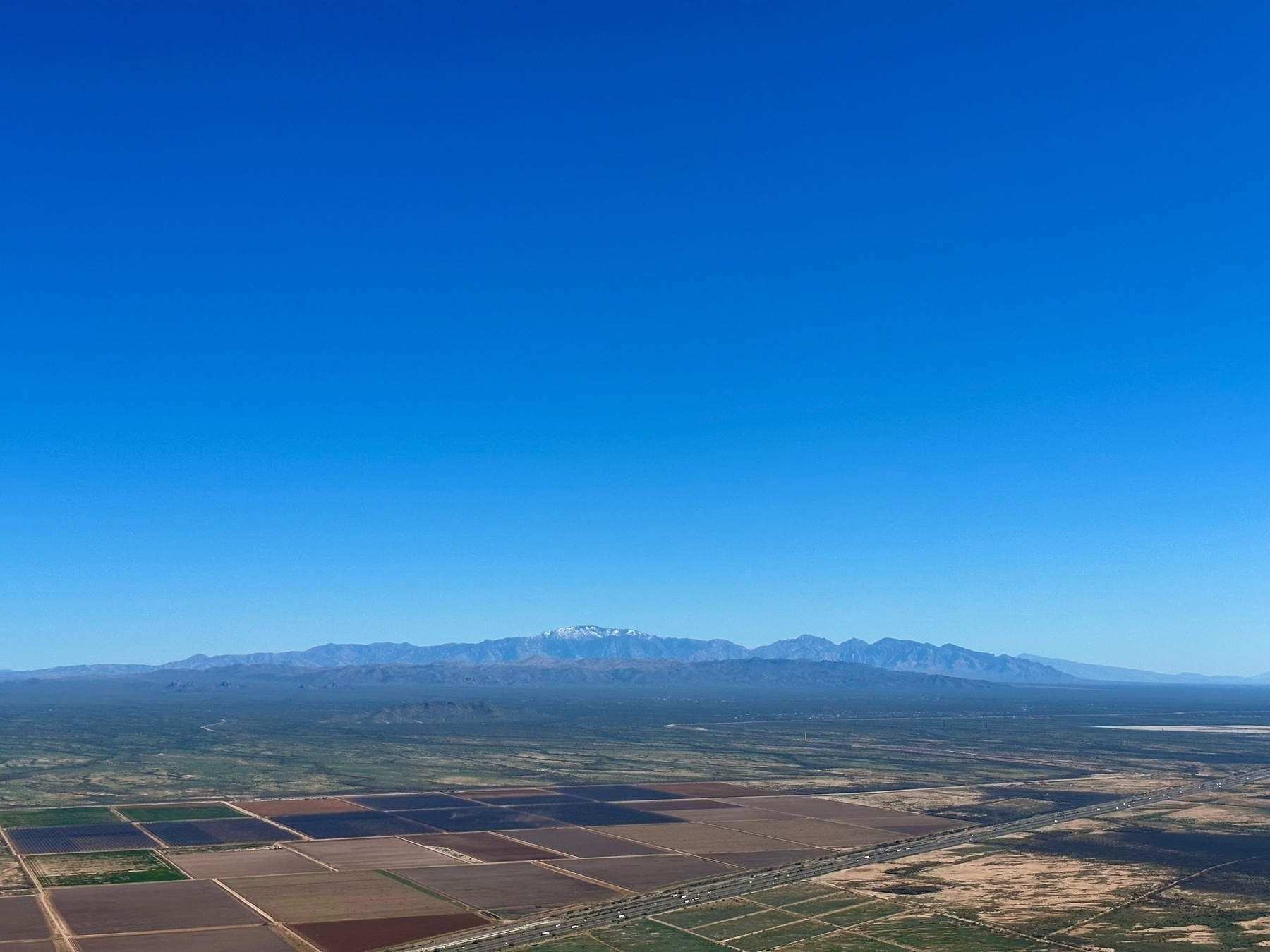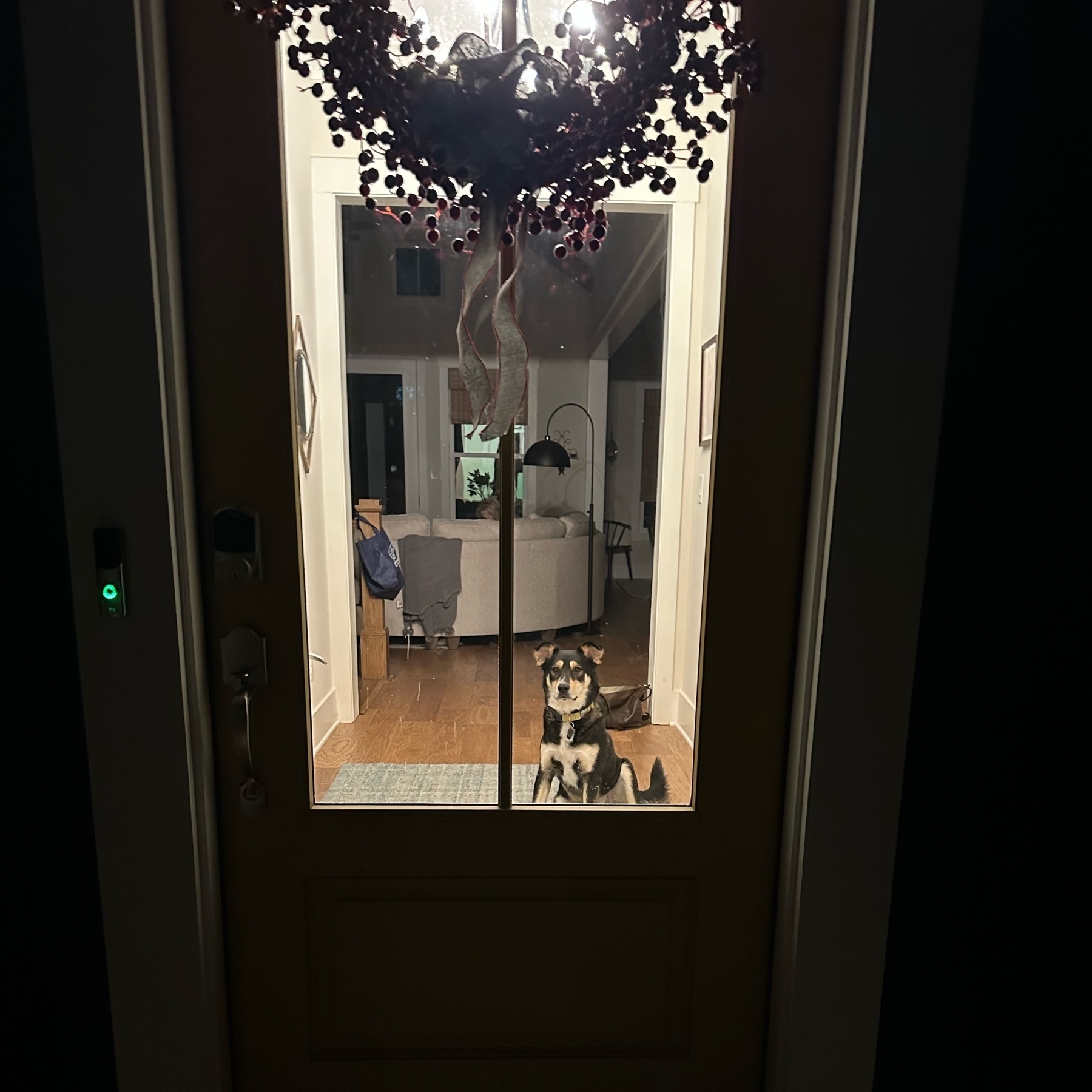Cozy copilot

Cozy copilot

What a day! • The Superstitions did not disappoint. Great hike. Photos to follow. Back on the road tomorrow

Superstition Mountains • Think we’ll go for a long walk today

Looking out at Mt. Lemmon from Picacho Peak

Sunset at Red Rock • 1850 miles in 36 hours (with dog walks, of course). That pointy one is Picacho Peak, which I think we’ll hike later this morning.

Crossing the Mississippi

Early start • The road trip to Bozeman, Montana has begun! Should be working there through spring. First stop: Tuscon, to visit some friends from Maine and do some hiking in the Superstition Wilderness

Jack, waiting very patiently, and with laser focus, for his official invite to jump in the car

Engaging the warp drive • Sometimes I think Jack looks like Scrat, the squirrel from Ice Age

Best ice cream I have ever had
